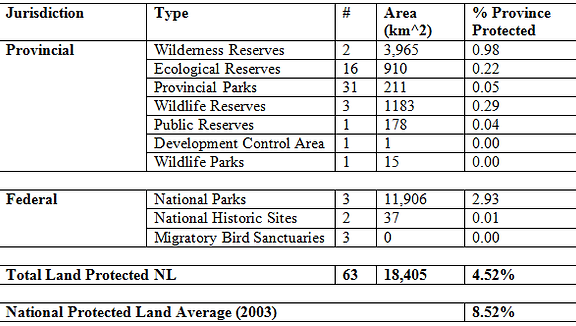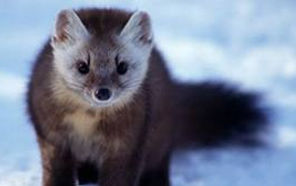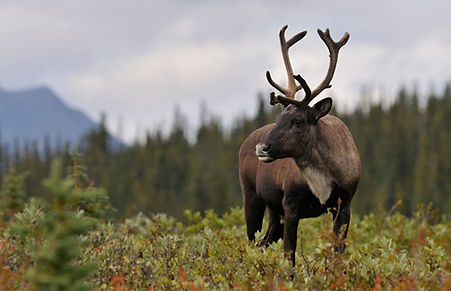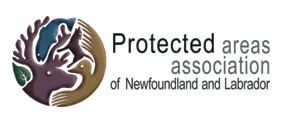Conservation Biology in the Boreal
HOW DOES NEWFOUNDLAND and LABRADOR COMPARE??
In the Province of Newfoundland and Labrador, there is almost 2 million hectares that are listed as protected areas. That equates to 4.52% of the entire province land area (5). The primary concern of having a protected area is to maintain habitats, species and the environment. Environment Canada, Protected Areas Association of Newfoundland and Labrador, and CPAWS Newfoundland and Labrador are all working towards improving its protected lands.
So, What IS protecting NL?
Although there are no National Wildlife Areas in the province (as of yet), there are many other organizations and projects that work hard to conserve the area. Since Newfoundland and Labrador have less than 5% of their territory under protection, these other organizations can be very important to the ecosystem and environment. There are many of these in the province, with a few being:

Newfoundland and Labrador's Terrestrial Protected Areas

Newfoundland PA Types:
According to Environment Canada as of 2003, Newfoundland is way under the average when it comes to percent of land that should be protected. Canada has an average of 9.9% of protected land, and Newfoundland only has 4.52% (5) which is almost half!
Conservation Corps Newfoundland and Labrador is a non-profit organization, and their goal is to intrigue people with employment and training in what conservation is. They aim to educate the public, and get them involved. Conservation Corps works with people and communities to sustain resources of the province and to develop a strong conservation ethic in this province (3).
The Protected Areas Association of Newfoundland and Labrador (PAA). PAA is another non-government, non-profit organization that was founded in 1989. As of now PAA is the only full-time organization in the province of its kind. PAA aims to protect NL's biodiversity by conserving species and their habitats (25).
Overview
Newfoundland and Labrador's most notable park is Gros Morne National Park and was created in 1973 to stimulate tourism and economic growth as opposed to wilderness preservation and wildlife conservation. It is known for its beautiful landscapes including, high cliffs, fjord valleys, glacial lakes, coastal bogs, dunes, and a highland plateau with elevations over 800m. Gros Morne’s unique scenery was a result of glaciation periods over 2 million years. The park covers 1805 km^2 of land in the mountainous and coastal areas of Western Newfoundland who's climate is influenced by the Gulf of St. Lawrence.
Conservation Management
Groups including Parks Canada, the Mayor's Forum, the Resident Snowmobile Management Board and Citizen Science Projects are entrusted with taking care of the park as well as encouraging others to get involved with the park in some way. The park protects areas that are in critical condition and have a significant habitat such as the salmon river in Western Brook. Other projects include the woodland caribou that have a protected area in the Big Level where they migrate to give birth and raise their offspring in spring. An endangered species, the pine marten, is also protected in the park where a plan has been initiated to re-establish a functional population. The project consists of keeping enough connected forest habitat and preventing accidental snaring and trapping.
Newfoundland and Labrador Example
Gros Morne National Park


Woodland Caribou
Retrieved From:
(Environment Canada, 2013a)


